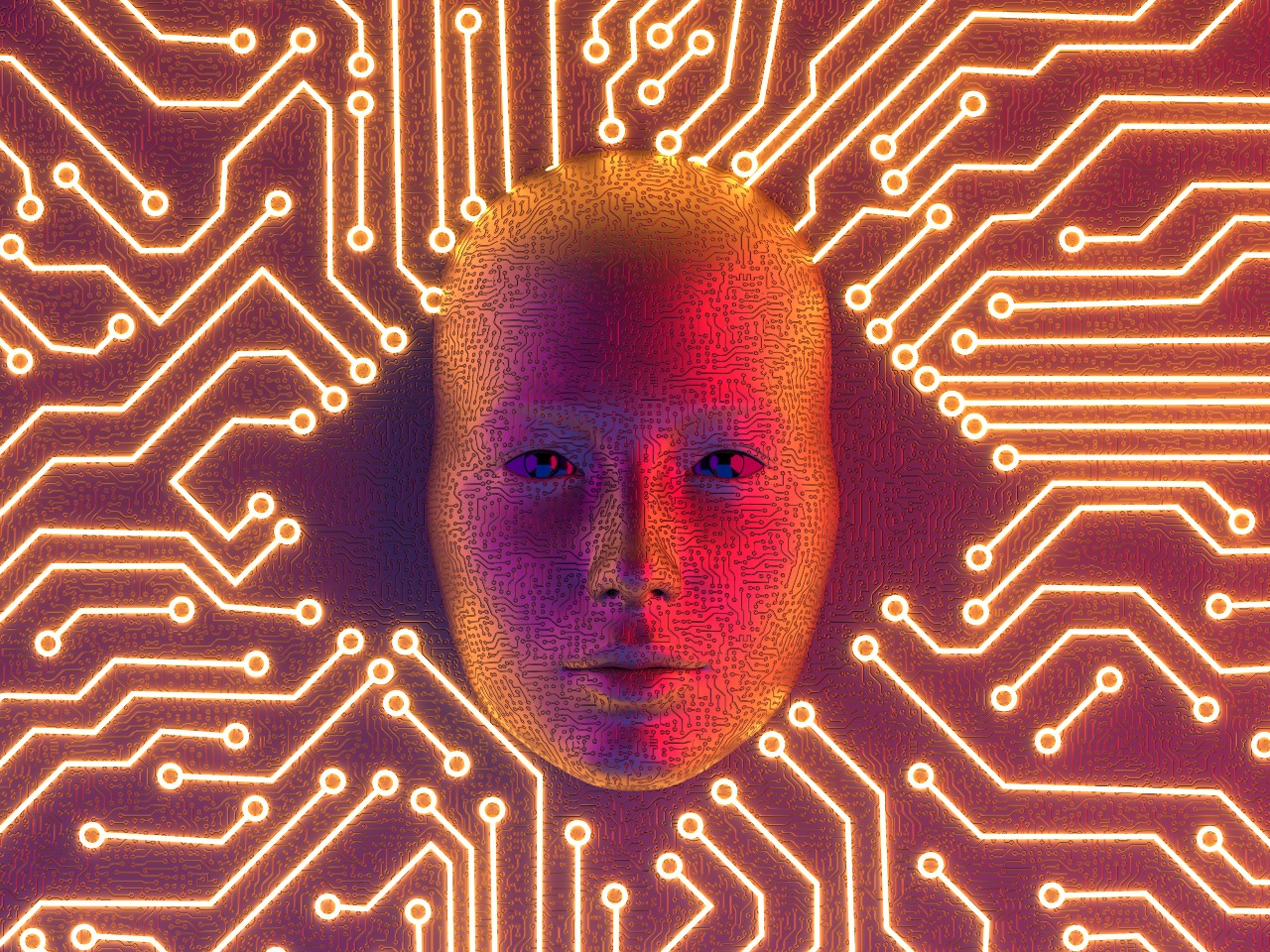ChatGPT has been the talk of the town lately, with the promise of revolutionizing the way we communicate. But is all the hype surrounding ChatGPT justified? Is it truly a game-changer, or is it too soon to tell? In this blog post, we’ll be taking a closer look at the potential of ChatGPT, and whether it can truly live up to its promise.
What is ChatGPT?
ChatGPT, OpenAI’s prototype artificial intelligence chatbot, The bot is powered by GPT-3.5, a text-generating AI, and according to OpenAI, it can generate text in a dialog format, which “makes it possible to answer follow-up questions, admit its mistakes, challenge incorrect premises, and reject inappropriate requests.”
A fun fact about ChatGPT is that it can generate content for conversation in over 100 languages. The system can understand natural language prompts and has been designed to mimic human conversations with its ability to ask follow-up questions, respond with appropriate answers and even challenge incorrect premises.
How does it work?
ChatGPT works on “Generative AI,” meaning the machine is generating something new rather than analyzing something that already exists.
Generative AI is well on the way to becoming not just faster and cheaper, but better in some cases than what humans create by hand. Every industry that requires humans to create original work—from social media to gaming, advertising to architecture, coding to graphic design, product design to law, marketing to sales—is up for reinvention.
Certain functions may be completely replaced by generative AI, while others are more likely to thrive from a tight iterative creative cycle between human and machine—but generative AI should unlock better, faster and cheaper creation across a wide range of end markets. This means that
ChatGPT can produce content at speeds far beyond what any human could manage. It’s powered by natural language processing and deep learning algorithms to understand the context of conversations. This gives it the ability to generate intelligent, personalized conversations on demand. It’s like having an unlimited team of chatbot writers available to provide interesting and engaging conversations with your users – no matter how complex the topic.
What are the benefits?
OpenAI’s GPT-3 stands out: the model’s performance is a giant leap over GPT-2 . It remains to be seen if ChatGPT will revolutionize customer service.
But there are some clear benefits that point in this direction.
For example, ChatGPT can be used to easily create an AI-based virtual assistant for customer support that can understand the user’s intent and provide accurate answers quickly. Additionally, ChatGPT can enable customer support teams to quickly search customer support tickets for the best response and offer more personalized customer service.
Are there any drawbacks?
Despite all the fundamental research progress, these models are not widespread. They are large and difficult to run (requiring GPU orchestration), not broadly accessible (unavailable or closed beta only), and expensive to use as a cloud service. Despite these limitations, the earliest Generative AI applications begin to enter the fray.
ChatGPT is a large language model that effectively mimics a middle ground of typical speech online, but it has no sense of meaning; it merely predicts the statistically most probable next word in a sentence based on its training data, which may be incorrect. This has led to Stack Overflow, a forum that serves as one of the largest coding resources, recently banning ChatGPT because it would not stop giving the wrong answers.
So, is it a game-changer?
Not Immediately, Generative AI is still very early. The platform layer is just getting good, and the application space has barely gotten going.
To be clear, we don’t need large language models to write a Tolstoy novel to make good use of Generative AI. These models are good enough today to write first drafts of blog posts and generate prototypes of logos and product interfaces. There is a wealth of value creation that will happen in the near-to-medium-term.
This first wave of Generative AI applications resembles the mobile application landscape when the iPhone first came out—somewhat gimmicky and thin, with unclear competitive differentiation and business models. However, some of these applications provide an interesting glimpse into what the future may hold. Once you see a machine produce complex functioning code or brilliant images, it’s hard to imagine a future where machines don’t play a fundamental role in how we work and create.
If we allow ourselves to dream multiple decades out, then it’s easy to imagine a future where Generative AI is deeply embedded in how we work, create and play: memos that write themselves; 3D print anything you can imagine; go from text to Pixar film; Roblox-like gaming experiences that generate rich worlds as quickly as we can dream them up.
Furthermore, enterprise solutions for ChatGPT are increasingly worth exploring for companies looking for a more efficient way to develop projects. Indeed, ChatGPT promises to revolutionize the way businesses think about customer interactions, especially customer service related interactions, by allowing for much faster response times due to automated responses.

Leave a Reply